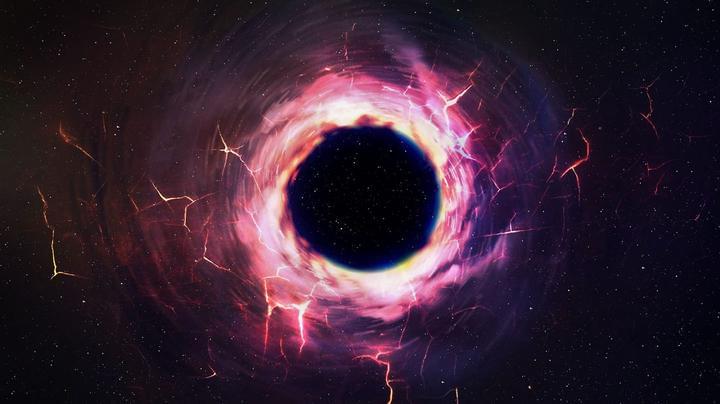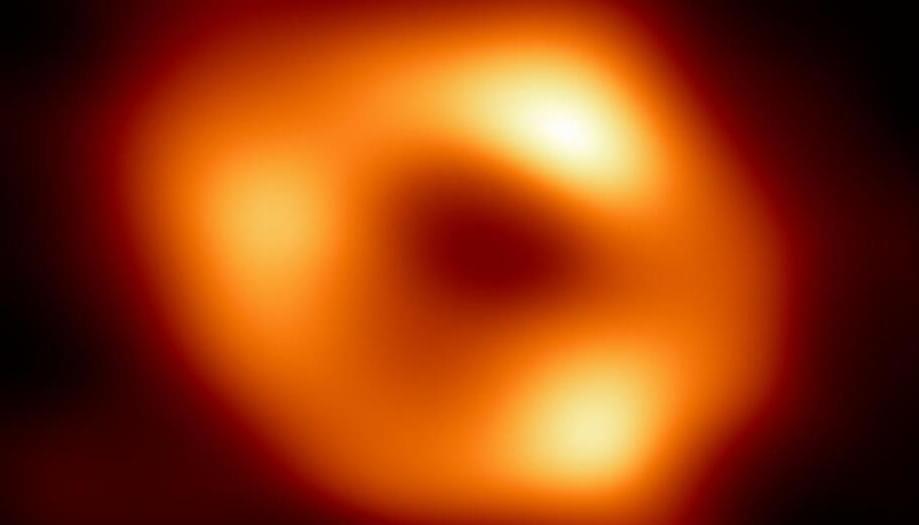By simulating an event horizon to test a Stephen Hawking theory, scientists created a lab-grown black hole, which started glowing.
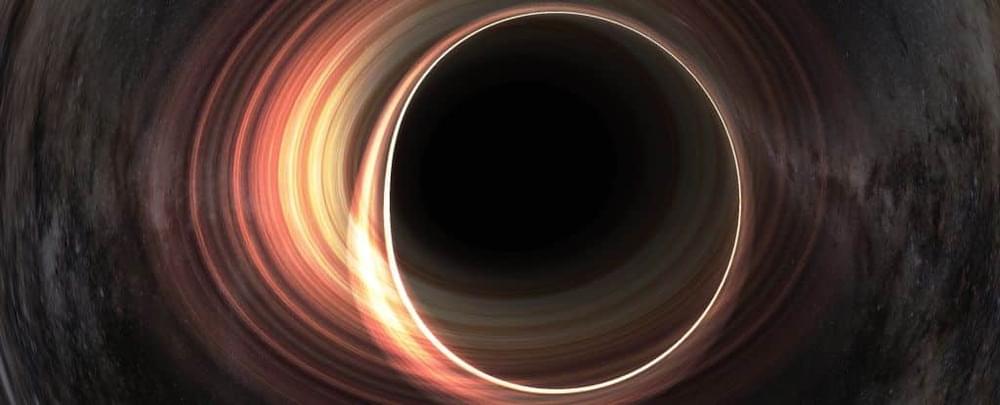


Astronomers have discovered a tiny black hole relatively near to Earth. It has been dubbed ‘The Unicorn‘and has a mass around three times that of the Sun. The smallest black holes to have previously been discovered are at least six times the mass of the Sun, so the newly found one could fall into a new category.
But do not be fooled by its small size – it still has a gravitational pull which can consume anything around it.
The black hole was discovered by researchers at the Ohio State University, which said it was “hiding in plain sight”.
Get a free month of Curiosity Stream: https://curiositystream.com/isaacarthur.
Dark Matter is both the most abundant and most mysterious substance in the Universe, what properties does it have and what technologies might we create to use it in the future?
Visit our Website: http://www.isaacarthur.net.
Support us on Patreon: https://www.patreon.com/IsaacArthur.
SFIA Merchandise available: https://www.signil.com/sfia/
Facebook Group: https://www.facebook.com/groups/1583992725237264/
Reddit: https://www.reddit.com/r/IsaacArthur/
Twitter: https://twitter.com/Isaac_A_Arthur on Twitter and RT our future content.
SFIA Discord Server: https://discord.gg/53GAShE
Listen or Download the audio of this episode from Soundcloud: Episode’s Audio-only version: https://soundcloud.com/isaac-arthur-148927746/dark-matter-technologies.
Episode’s Narration-only version: https://soundcloud.com/isaac-arthur-148927746/dark-matter-te…ation-only.
Credits:
Dark Matter Technologies.
Science & Futurism with Isaac Arthur.
Episode 277, February 11, 2021
Written, Produced & Narrated by Isaac Arthur.
Editors:
Jerry Guern https://www.youtube.com/channel/UCnySNJ_gDOdRAdUXbIpxYQw.
Cover Art:
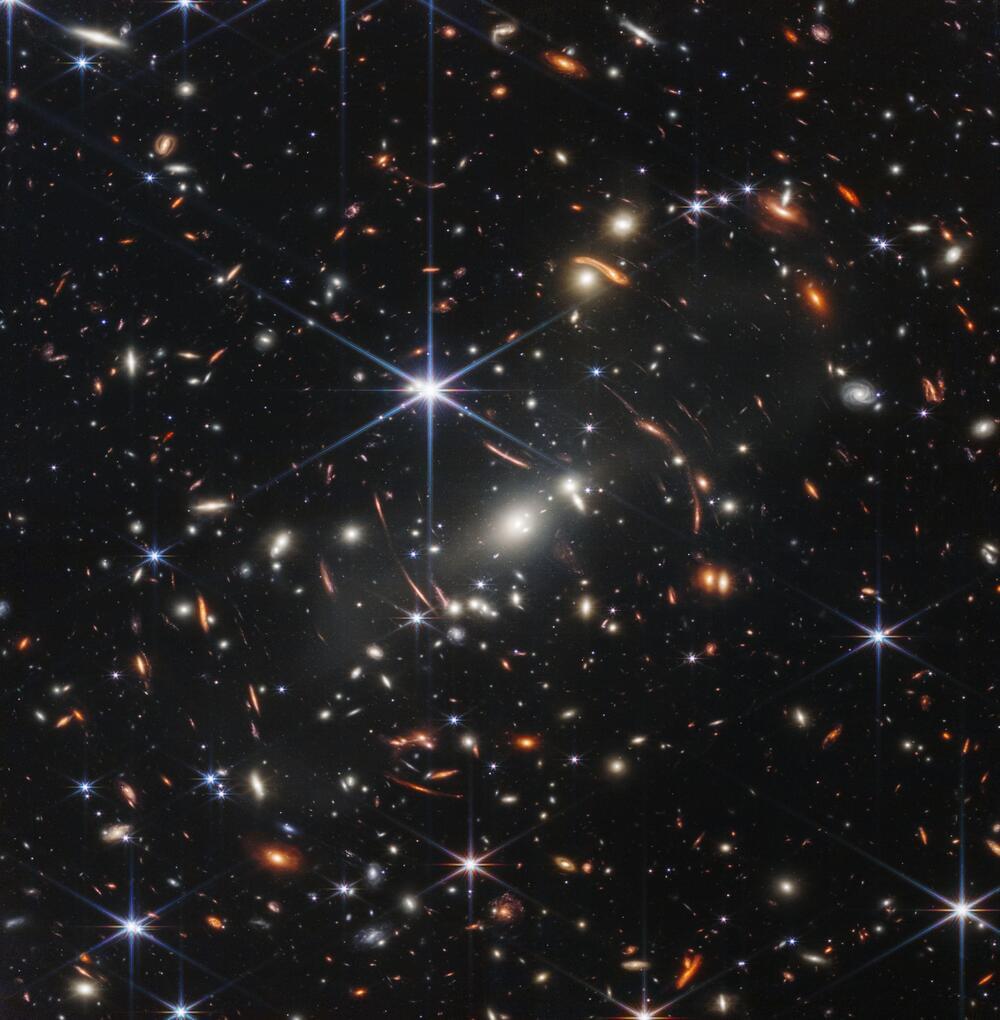
According to the Standard Model of Particle Physics, the Universe is governed by four fundamental forces: electromagnetism, the weak nuclear force, the strong nuclear force, and gravity. Whereas the first three are described by Quantum Mechanics, gravity is described by Einstein’s Theory of General Relativity. Surprisingly, gravity is the one that presents the biggest challenges to physicists. While the theory accurately describes how gravity works for planets, stars, galaxies, and clusters, it does not apply perfectly at all scales.
While General Relativity has been validated repeatedly over the past century (starting with the Eddington Eclipse Experiment in 1919), gaps still appear when scientists try to apply it at the quantum scale and to the Universe as a whole. According to a new study led by Simon Fraser University, an international team of researchers tested General Relativity on the largest of scales and concluded that it might need a tweak or two. This method could help scientists to resolve some of the biggest mysteries facing astrophysicists and cosmologists today.
The team included researchers from Simon Fraser, the Institute of Cosmology and Gravitation at the University of Portsmouth, the Center for Particle Cosmology at the University of Pennsylvania, the Osservatorio Astronomico di Roma, the UAM-CSIC Institute of Theoretical Physics, Leiden University’s Institute Lorentz, and the Chinese Academy of Sciences (CAS). Their results appeared in a paper titled “Imprints of cosmological tensions in reconstructed gravity,” recently published in Nature Astronomy.
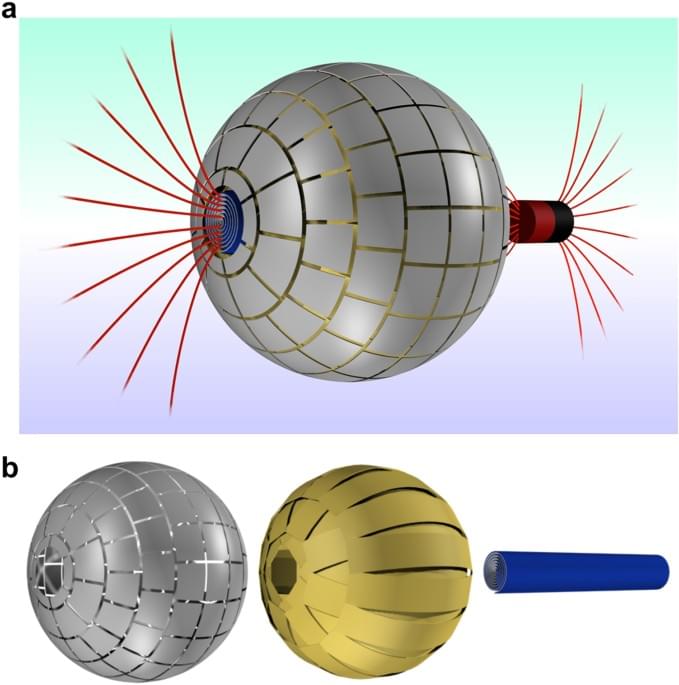
Circa 2015 face_with_colon_three
Scientific Reports volume 5, Article number: 12,488 (2015) Cite this article.
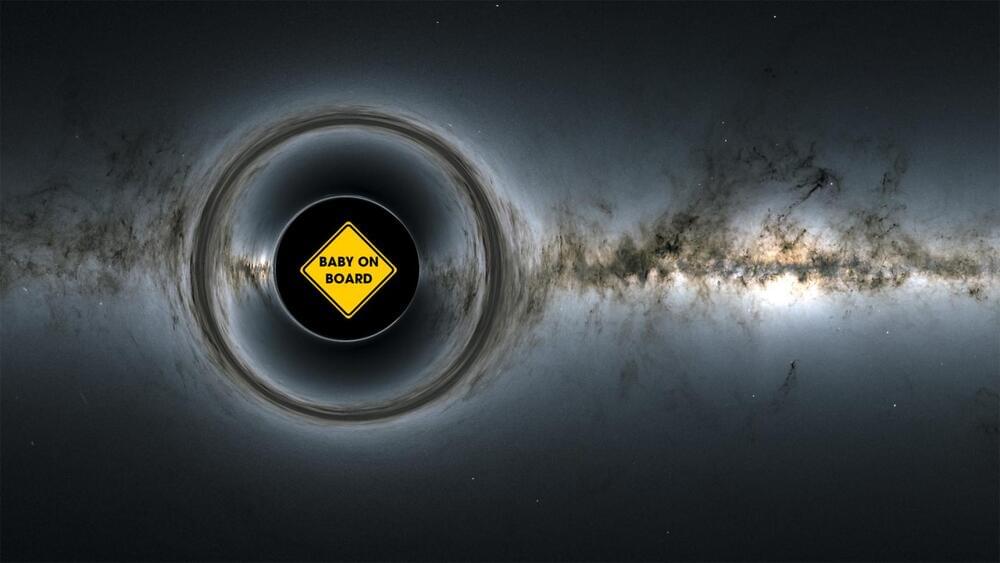
Circa 2021 face_with_colon_three
We don’t know very much about our universe. We’re fairly certain it exists, but we don’t know how it got here, how long it’s been here, or how big it is. Heck, we don’t even know if our universe is unique.
Ever since Albert Einstein came up with the theory of relativity and other scientists realized that classical physics and quantum mechanics don’t really line up, we’ve been trying to reconcile those worlds.
Many theoretical physicists believe that bridging the gap between obvious reality (classical physics) and the wacky quantum realm could help us finally understand the true nature of our universe.
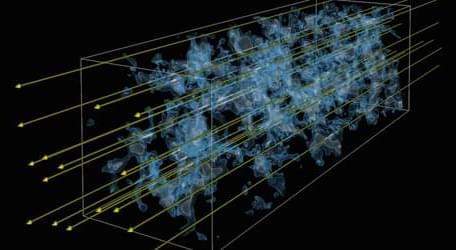
Spectra from quasars suggest that intergalactic gas may have been heated by a form of dark matter called dark photons.
Dense gas clouds across the Universe absorb light from distant quasars, producing absorption lines in the quasar spectra. A new study shows that the larger-than-predicted widths of these lines from nearby gas clouds could result from a form of dark matter called dark photons [1]. These particles could heat the clouds, leading to a widening of the absorption lines. Other explanations of the broadening—based on more conventional heating sources—have been proposed, but if the dark-photon mechanism is at work, it might also cause heating in low-density clouds from earlier epochs of the Universe. Researchers are already planning to test this prediction.
When viewing the spectrum of a distant quasar, astronomers often observe absorption lines coming from the intervening clouds of gas. The most prominent absorption line is the Lyman-alpha line of hydrogen. Indeed, some quasar spectra have a “forest” of Lyman-alpha lines, with each coming from a cloud at a different distance from our Galaxy (or different epochs). By examining the widths, depths, and other details of the line shapes, researchers can extract information about the density, the temperature, and other features of the clouds. This information can be compared with the results of cosmological simulations that try to reproduce the clumping of matter into galaxies and other large-scale structures.

A team of researchers from Friedrich-Schiller-Universität Jena, Università di Torino and INFN sezione di Torino, has found evidence that the black hole collision that led to an odd gravitational wave detection in 2019 was due to a unique set of circumstances. In their paper published in the journal Nature Astronomy, the group describes modeling and simulating the conditions that could possibly lead to the unique gravitational wave signature.
The development of gravitational wave detectors has led to a better understanding of what happens when black holes collide. In most instances, the data has shown, they occur due to binary stars exploding and then slowly spiraling toward one another until they meet at a gravitational center and merge.
But then, on May 21, 2019, gravitational waves were detected from two black holes merging, but the data showed that neither of the black holes appeared to be spinning and the duration of the signal was shorter than all the others that have been detected. The odd signal left astrophysicists scratching their heads. Now, in this new effort, the researchers believe they have come up with a plausible explanation for the observation.
